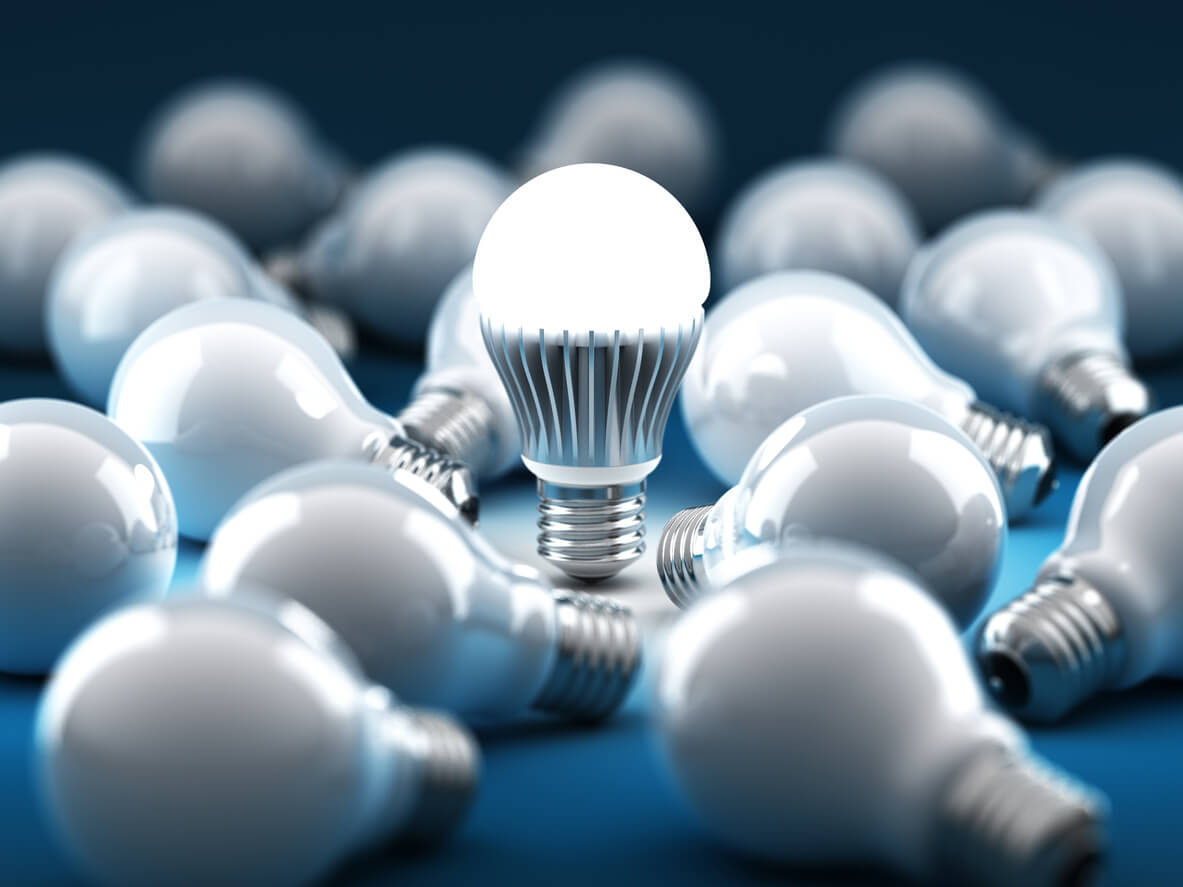
The lighting industry has undergone a massive transformation over the past two decades. What began as a shift from incandescent to compact fluorescent lights has evolved into a full-scale adoption of LED technology. Today, LEDs are the foundation of nearly every modern lighting application—from smart homes and office buildings to highways and industrial zones.
However, the performance of any LED system is only as good as the power infrastructure supporting it. That’s where the role of a reliable LED power supply manufacturer becomes central. While often overlooked, power supplies are the backbone of every successful LED project.
Why LED Lighting Demands Specialized Power Solutions
Unlike traditional light sources, LEDs are low-voltage, current-driven devices. They require precise regulation to avoid damage and ensure consistent performance. Simply plugging them into a conventional electrical system without conversion can lead to overheating, flickering, or burnout.
That’s why power supplies, or LED drivers, are essential. These devices convert high-voltage alternating current (AC) into the low-voltage direct current (DC) that LEDs need. More importantly, they stabilize the flow of electricity to protect the LEDs from surges or voltage fluctuations.
A professional LED power supply manufacturer understands the intricate electrical demands of LEDs and builds power supplies that not only meet technical specifications but also comply with global safety and efficiency standards.
Critical Features in Modern LED Power Supplies
As LED applications diversify, power supply manufacturers must offer solutions that are adaptable and future-proof. Here are some of the essential features found in quality products today:
- High Efficiency: With global energy standards tightening, high-efficiency power supplies (often above 90%) are essential for reducing heat output and saving electricity.
- Dimmability: Integration with DALI, PWM, 0-10V, and TRIAC dimming protocols is increasingly necessary for dynamic lighting control.
- Surge Protection: For outdoor or industrial use, power supplies must be able to handle voltage spikes and electromagnetic interference.
- Waterproof and Dustproof Ratings: IP65 to IP67-rated models are ideal for environments exposed to weather or debris.
- Long Lifespan: A reputable LED power supply manufacturer will typically offer drivers rated for over 50,000 hours of use—sometimes even longer under optimal conditions.
Why Manufacturer Selection Affects Long-Term Success
Choosing the right manufacturer isn’t just about product specifications—it’s about reliability, service, and long-term scalability. Many businesses make the mistake of selecting generic or low-cost suppliers that cannot support the full life cycle of their projects.
By working with an experienced LED power supply manufacturer, businesses benefit in several ways:
- Access to Technical Expertise: Leading manufacturers offer in-depth support, including help with electrical design, compliance, and integration.
- Custom Product Development: For OEMs and lighting brands, customization is often necessary. A capable manufacturer can tailor power supplies to meet specific form factors or output profiles.
- Fast Lead Times and Global Delivery: International supply chains demand agility. Top manufacturers have global distribution networks and warehousing options.
- Post-Sales Support: Warranty coverage, documentation, and failure analysis are critical to maintaining trust and minimizing downtime.
The Role of Power Supplies in Smart and IoT Lighting
Smart lighting is one of the fastest-growing sectors in the LED market. Whether it’s motion-sensor lights in parking garages or app-controlled ambient lighting in homes, the driver must be compatible with advanced control systems.
A forward-thinking LED power supply manufacturer will offer smart-ready products that support wireless communication (e.g., Zigbee, Bluetooth, Wi-Fi), remote diagnostics, and even firmware upgrades. These capabilities allow lighting systems to adapt to user behavior, energy usage, and environmental conditions in real-time.
Sustainability and the Green Future
As environmental concerns rise, sustainability becomes a shared responsibility. Power supplies contribute significantly to overall system energy use. Manufacturers that prioritize energy efficiency, low standby power, and the use of recyclable or RoHS-compliant materials play a crucial role in reducing carbon footprints.
Additionally, the longer the product life cycle, the fewer replacements are needed—contributing further to environmental goals. A responsible LED power supply manufacturer aligns its operations and products with international green standards.
Conclusion
In the world of LED lighting, the quality of the power supply is not just a technical consideration—it’s a business decision that affects performance, reliability, and cost over time. As LED applications grow smarter and more diverse, the need for advanced power supply solutions will only increase.
That’s why choosing the right LED power supply manufacturer is not just recommended—it’s essential. With the right partner, lighting designers, engineers, and project managers can build systems that are efficient, long-lasting, and ready for the future.


